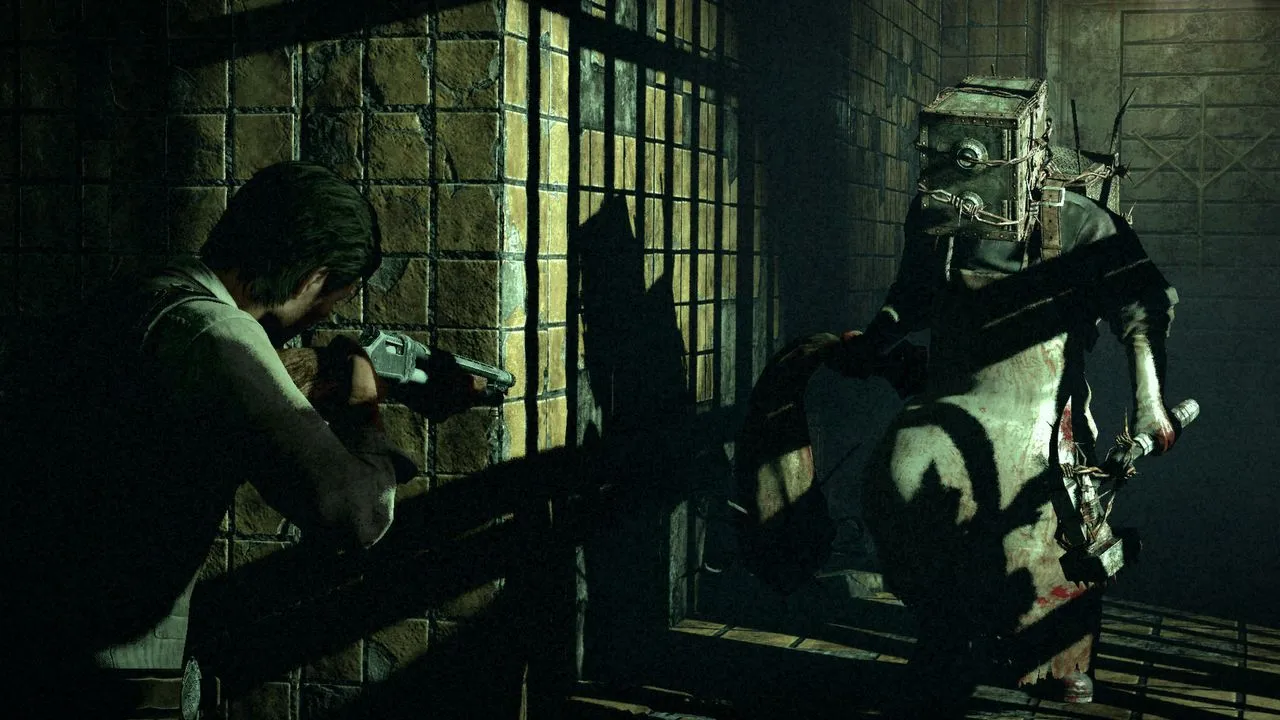
The Evil Within: A Return to Survival Horror’s Roots?
Contents
The survival horror genre has seen its share of ups and downs. Since Shinji Mikami, the creator of Resident Evil, left Capcom after Resident Evil 4, the series drifted towards action, losing some of its signature chilling atmosphere. With the formation of Tango Gameworks and the announcement of The Evil Within, fans hoped for a return to the genre’s golden age. The trailers promised a terrifying experience, but did the final product deliver?
A World of Constant Dread
Mikami masterfully crafts a relentlessly tense atmosphere in The Evil Within. This isn’t about cheap jump scares like in Resident Evil 6. Instead, the horror permeates the environment around protagonist Sebastian Castellanos. Players are thrust into a world blurring the lines between reality and nightmare, filled with grotesque creatures, deadly traps, and a constant scarcity of ammunition. While weapons are diverse, upgrading them requires Green Gel, a precious and limited resource, forcing players to carefully consider their combat approach. This constant pressure creates a truly immersive and nerve-wracking experience.
 Sebastian facing a horrific creature
Sebastian facing a horrific creature
Stealth, traps, and strategic maneuvering become essential tools for survival. The environment design cleverly encourages this playstyle, offering ample opportunities for hiding and ambushing enemies, though jump scares are still strategically sprinkled throughout. Even the seemingly safe haven of saving the game becomes a source of anxiety. Unlike the classic typewriter saves of Resident Evil, The Evil Within uses mirrored gateways to access a separate save room. This space, however, is filled with unsettling details, from cracked walls and missing person posters to occasional appearances by the game’s antagonist, further blurring the line between safety and danger.
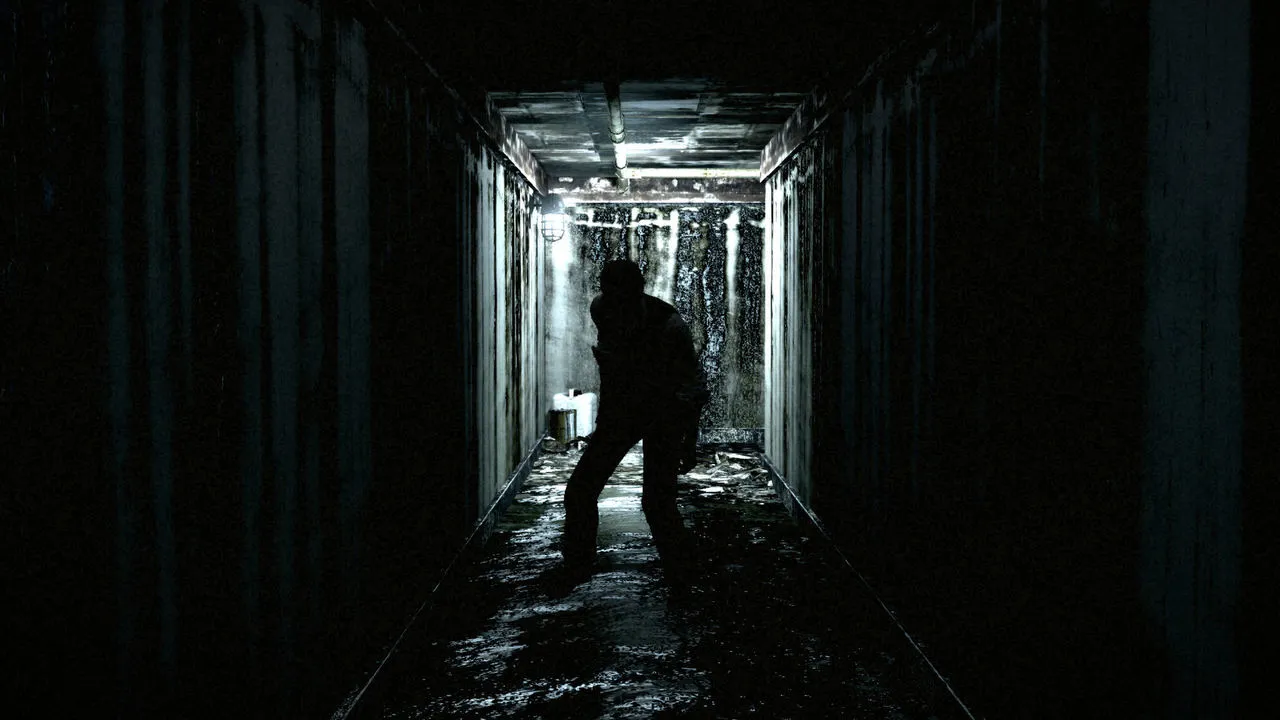 Sebastian in the unsettling save room
Sebastian in the unsettling save room
Grotesque Enemies and Unsettling Design
The enemies in The Evil Within range from traditional zombies to more unique monstrous creations, each designed to inspire revulsion. A recurring zombie type features a Glasgow smile, a gruesome grimace stretching from ear to ear, combined with aged features and haunting eyes. Other disturbing designs include masked figures with blood dripping from their eyes and mouths, and crawling, blood-red infants.
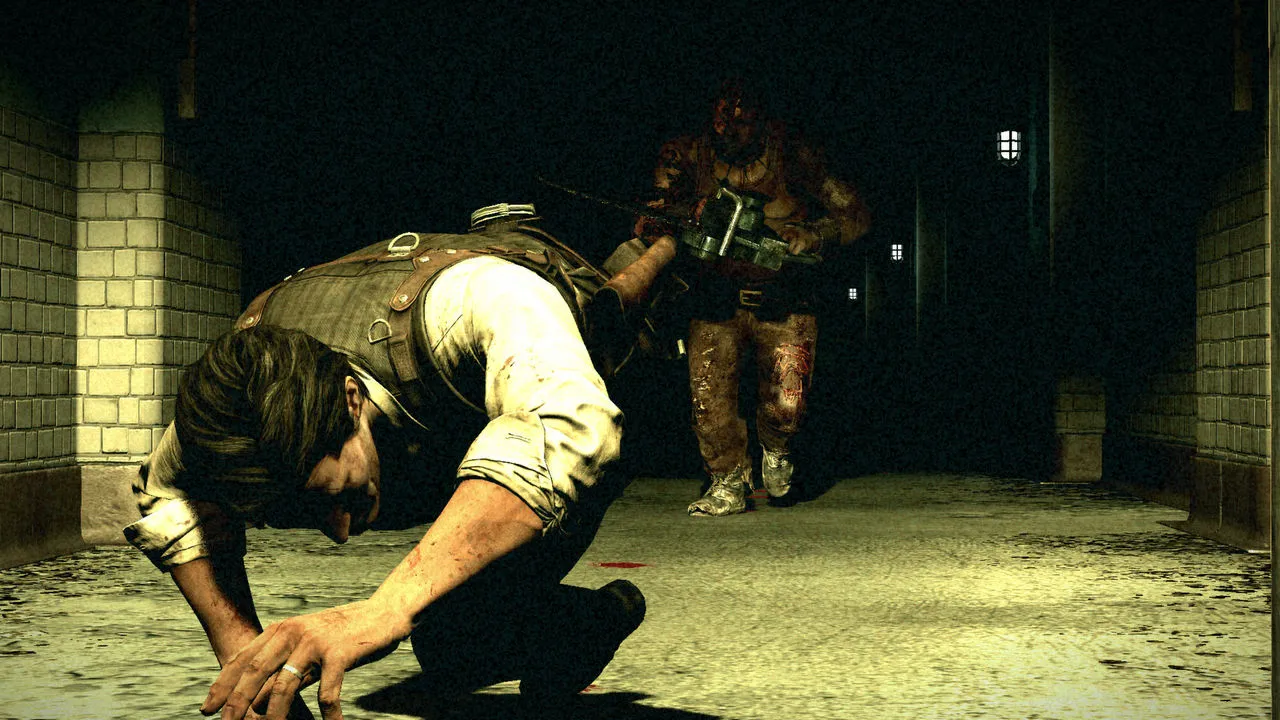 A disturbing enemy encounter
A disturbing enemy encounter
These standard enemies, while effectively disturbing, are eclipsed by the game’s bosses. Laura, a multi-limbed, burned woman with flowing hair and long claws, is a particularly terrifying presence. Her piercing screams and relentless pursuit make her a truly memorable and fearsome foe. The game’s creature design is a major contributor to its overall horror, creating a visceral and immediate sense of fear.
A Symphony of Fear
The Evil Within elevates its horror through masterful sound design. The ambient sounds and music create a constant sense of unease, punctuated by the distinctive cries and groans of the various enemies. Laura’s pained shrieks, the Sadist’s unsettling humming of “Air on the G String” while committing acts of violence – these auditory details linger in the mind long after the game is over.
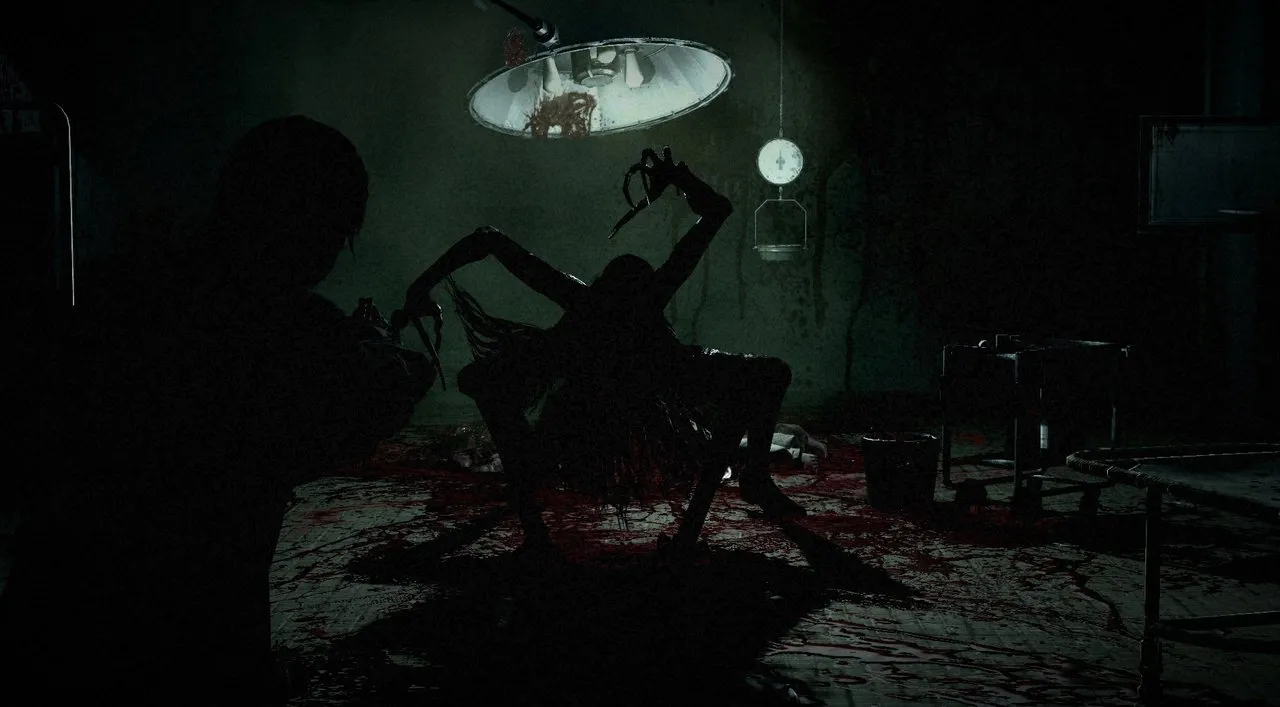 Sebastian in a tense environment
Sebastian in a tense environment
Mikami’s artistic touch is evident in the use of classical music, specifically Debussy’s “Clair de Lune,” to underscore moments of loneliness and isolation, mirroring the psychological torment of the antagonist, Ruvik. These musical choices, played in higher tones, amplify the game’s unsettling atmosphere. While the voice acting may not be the strongest element, the overall sound design, especially when experienced with headphones, is incredibly effective at immersing players in the world of The Evil Within.
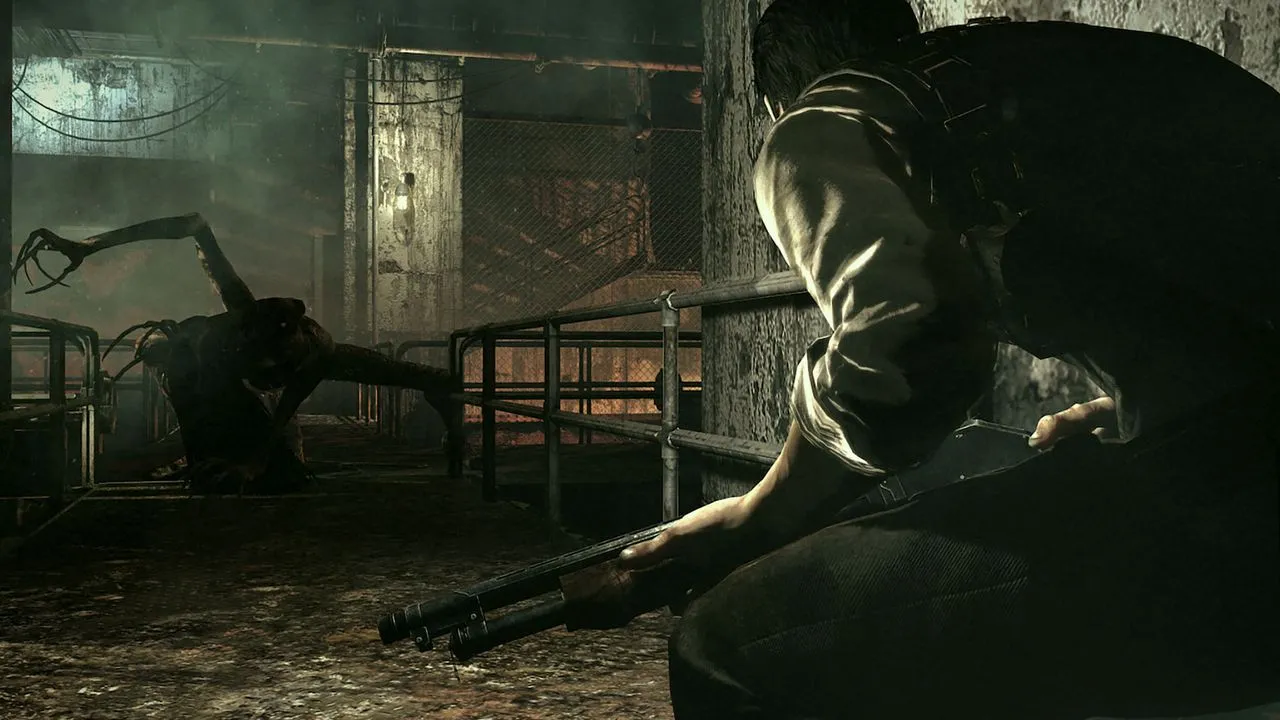 The game's opening scene
The game's opening scene
A Narrative Disappointment
Mikami’s promise to incorporate elements from the original Resident Evil is evident. The opening scene features a trio of investigators, mirroring Chris, Jill, and Wesker, entering a scene of carnage. The first zombie encounter also echoes Resident Evil. These callbacks, however, only highlight the weakness of The Evil Within‘s narrative. The story feels underdeveloped and illogical, leaving more questions than answers. The DLC focusing on Kidman and a potential sequel offer hope for clarification, but as it stands, the story is a significant weak point. The characters, too, lack depth and memorable moments, paling in comparison to the iconic cast of the original Resident Evil.
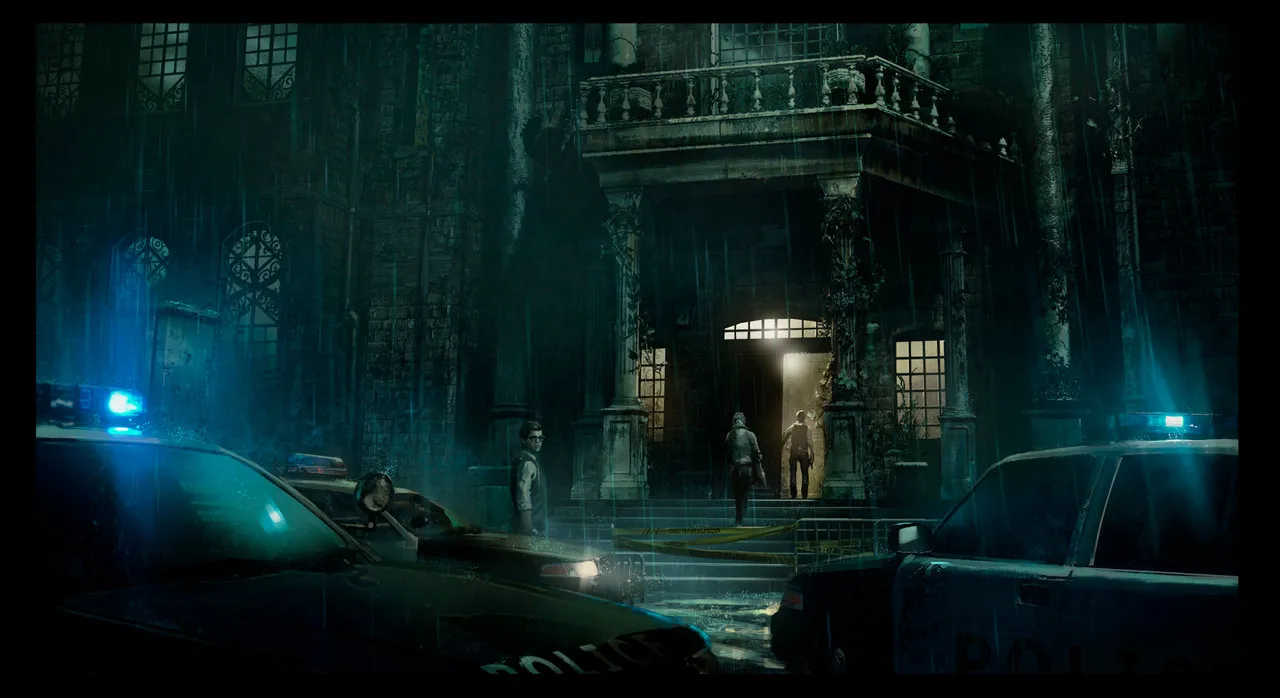 A scene evoking Resident Evil
A scene evoking Resident Evil
Technical Shortcomings
The Evil Within faced criticism for its graphics even before release. Unfortunately, the final product didn’t alleviate these concerns. While the PS4 and PC versions offer better textures, shadows, and lighting effects compared to the PS3, the overall visual quality feels dated, with stiff character models and bland environments. The demanding PC requirements, coupled with performance issues on both PC and consoles, further detract from the experience.
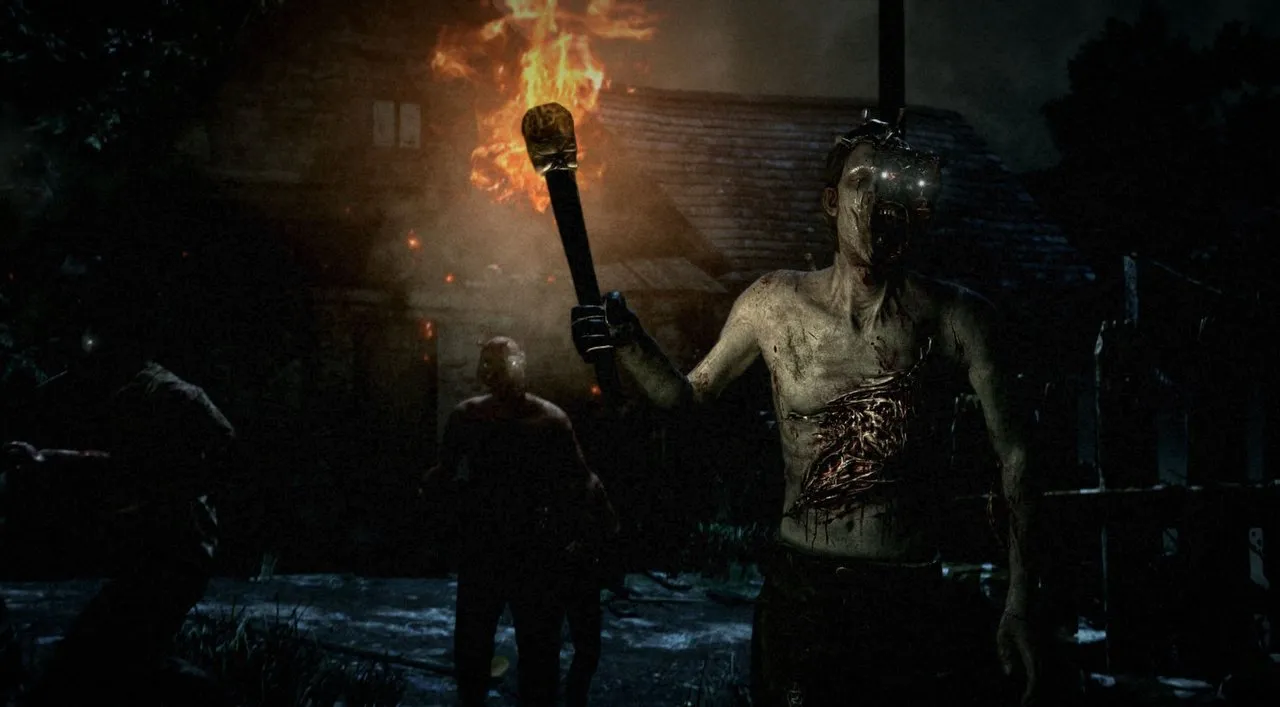 In-game screenshot showcasing the visuals
In-game screenshot showcasing the visuals
The controversial letterbox effect, intended to create a cinematic feel, ultimately hindered the visual experience and highlighted technical limitations. While a patch later removed the letterbox and unlocked the framerate on PC, the game arguably shines most on PS3, where the softer visuals and warmer color palette enhance the horror atmosphere.
Conclusion
The Evil Within succeeds in delivering a genuinely terrifying and atmospheric survival horror experience, thanks to its masterful sound design, grotesque enemy design, and a constant sense of dread. However, its weak narrative, underdeveloped characters, and technical shortcomings hold it back from reaching its full potential. While it successfully captures the spirit of classic survival horror, it ultimately falls short of being a true successor to the genre’s greats.





Comments (0)